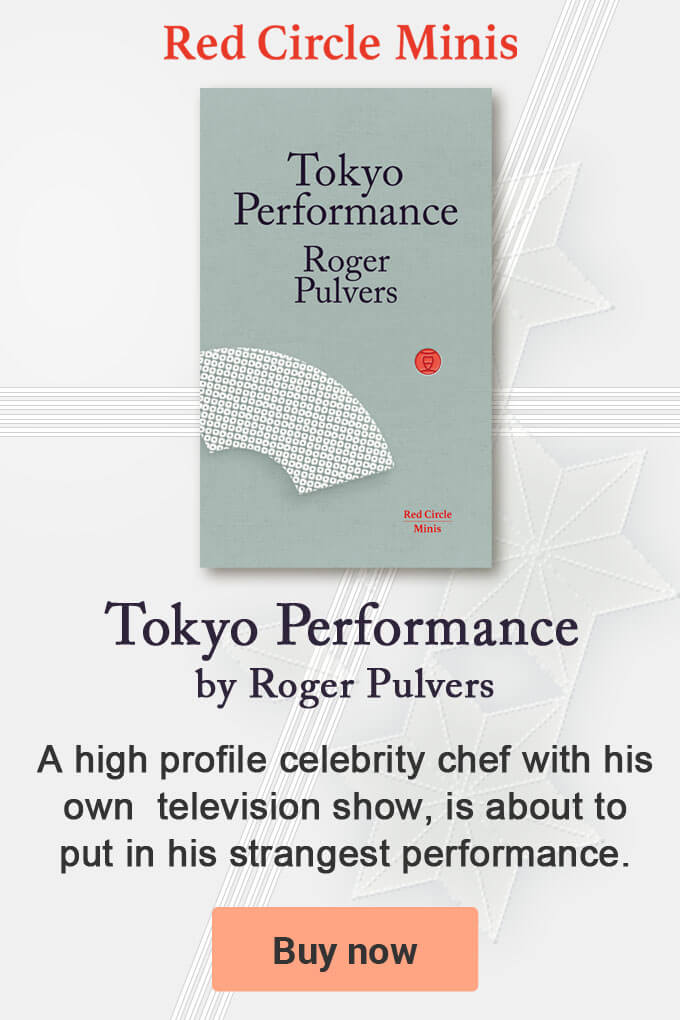- History
Japan’s first generation of postmodern authors grew up listening to Bob Dylan and the Beatles[UPDATED: 2-26-2020]
The generation of Japanese authors that grew up in the 1960s, including some internationally renowned names like Kiyoshi Kasai, Haruki Murakami, Kenji Nakagami, Masahiko Shimada, Soji Shimada and Genichiro Takahashi, are sometimes referred to by academics as Japan’s first postmodern authors.
They were all born after the Second World War, experienced the student movements of the 1960s, and grew up during a period when Japan was rebuilding and growing in confidence.
Their worldview and experiences were very distinct from the generation of authors that preceded them, who witnessed devastation and national defeat. Authors like Yasunari Kawabata (1899-1972) and Yukio Mishima (1925-1970).
Japan’s so-called first postmodern authors grew up in an optimistic period heavily influenced by the United States and a growing mass market that included new American pulp-fiction arriving in Japan in translation. The influence of Western music, literature, film and television would have been significant.
As is often the case in Japan after an initial period of digestion that involved imitation and experimentation local creative communities, including the nation’s writers and storytellers, started to develop their own approaches and styles.
These postmodern authors were the first generation to grow up listening to the Beatles, Bob Dylan and the Rolling Stones, which many of them became ardent fans of.
The guitar-playing Beatles-loving so-called master of post-modern Japanese whodunnits, Soji Shimada, who is credited with inventing a new sub-genre of murder mysteries, is for example, on record saying that one of his dreams has been to sing If I Fell (A Hard Day’s Night) in chorus, as a duet, with Paul McCartney.
Shimada also cites many Western films, such as Slueth directed by Joesph L. Mankiewicza and staring Laurence Olivier and Michael Caine, as influences.
Their writing styles and narratives, which authors such as Murakami for instance have woven musical influences into sometimes for simple effect and at other times as a literary device, evolved and developed to mirror and document Japan’s social and economic changes.
Works by these post-modern Japanese authors now span different genre and periods including, for example, the inflation and subsequent collapse of Japan’s economic bubble in the 1990s that led to Japan’s so-called Lost Decade (1991-2000).
These rhythms of change combined with different Western, often American, motifs have fascinated many outside Japan, including documentary makers at the BBC. As well as academics and filmmakers from other countries including Denmark, who have looked to these authors and their works, especially Murakami’s, in order to explain and explore contemporary Japan and its Heisei Period (1989-2019) in particular.
In 2019, the Asahi Shimbun surveyed 120 experts, who had contributed book reviews to this important national Japanese newspaper about their choice for the best book from the Heisei period. 1Q84 by Murakami topped the list, which will no doubt encourage even more journalists, academics and historians to use his works in particular to depict and understand both postmodern Japan and postmodern Japanese literature.
- TOPICS:
- Soji Shimada
- History
- Postmodern

